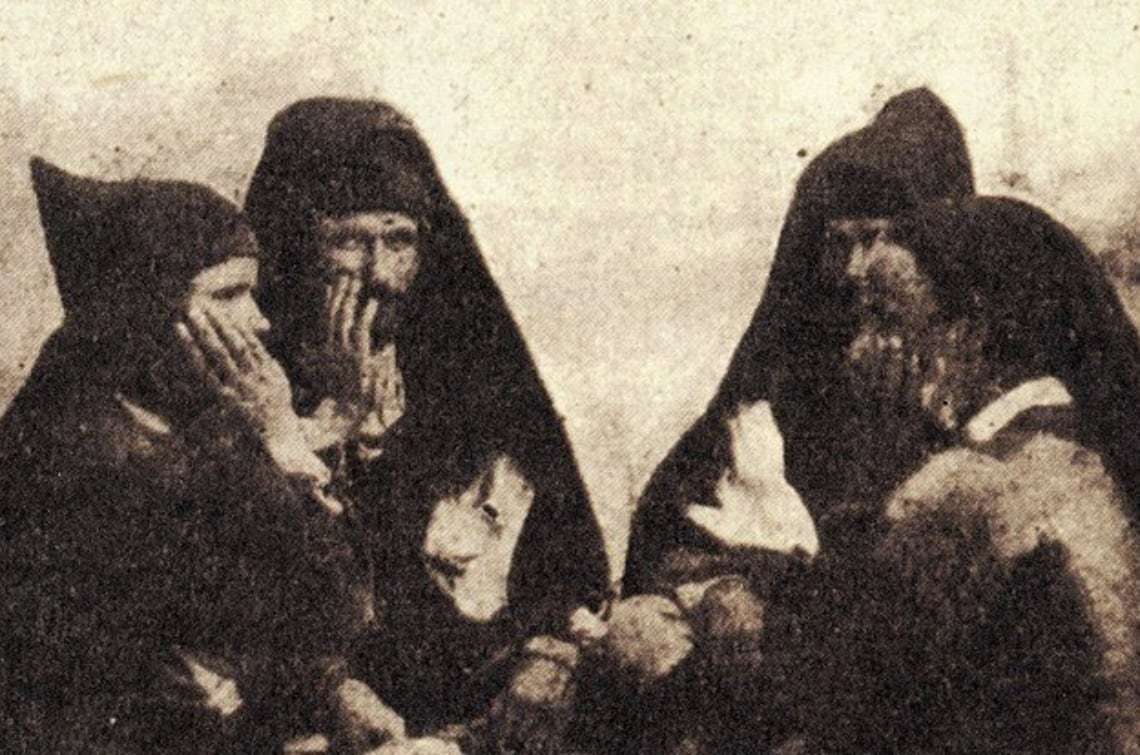Article index
Tenor singing is the most archaic ethnic-musical expression of central Sardinia and is proof of the existence of the polyphonic practice in very remote times.
It is made by four singers called:
1. Bassu (bass)
2. Contra (contralto)
3. Mesu og (half voice)
4. Oghe (voice)
arranged in a circle, proposing the architectural form of the ancient Sardinian civilization, the nuragic one.
The roles of tenor singing
We are faced with a very particular way of singing especially as a vocal emission, therefore very interesting from a stamp point of view.
Of the four voices two are guttural: on Bassu (bass) and SA contra (contralto). They peculiarly characterize tenor singing. On Bassu with a serious and profound sound and a characteristic vibrated maintains the same shade of the solo voice, or the fundamental of the triad on which the polyphony of the tenor agrees; a fifth above is found the contra that is characterized by a more linear sound, Metallic and less vibrated.
Contra and Bassu proceed in parallel in the scan of non-Sens syllables (Bim Bam Boo) without one or the other voice changes note before the nod of the solo voice (Sa Oghe).
The Mesu geese that enriches the singing with embellishments, blooms and with the typical gunns (vocal virtuosity) integrates with the two guttural voices constituting with these an original harmonious accompaniment (called on tenor).
The latter can stop and wait for the tenor's response in the Canti Iisterrita and Muttos or continue and merge together with the choir in the remaining songs.
When does the tenor song be born?
It is difficult to establish the origins of the tenor who according to some even traced at about 4000 years ago. The nature of singing would seem closely rooted in pastoral life, in solitude in the countryside in close contact with cattle and nature.
They are the animals and nature the most probable inspirers of the voices.
It is likely that the opposite arises from the imitation of the verse of the sheep, on bassu from that of the cow and the mesu gee of the imitation of the sound of the wind.
Video
Infoweb (update July 2022)
Read also the article: Stand up








